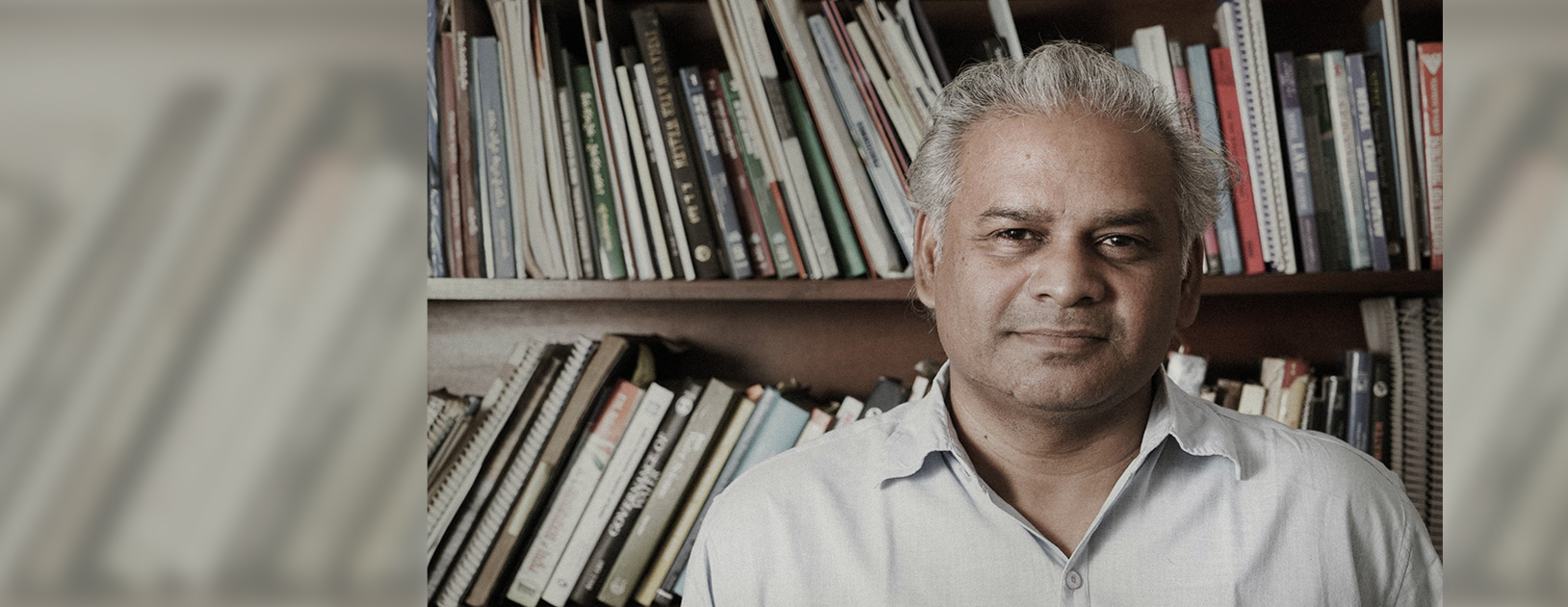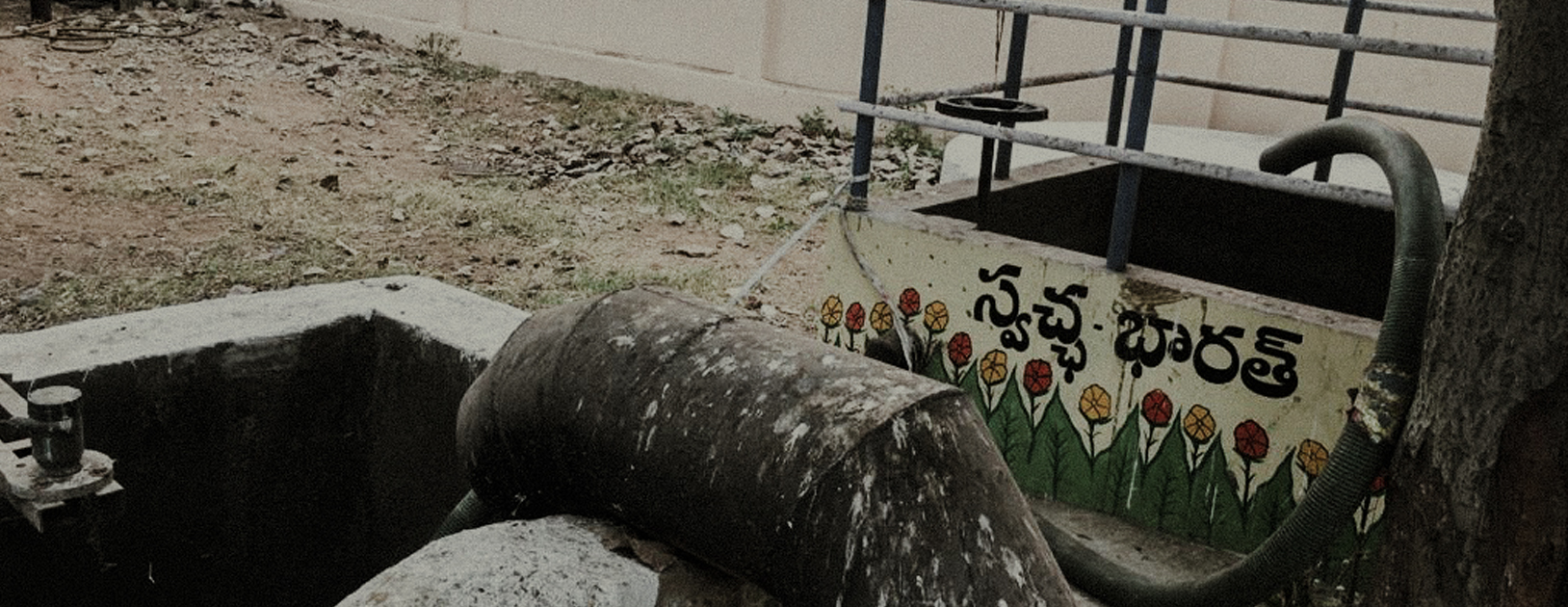The Governments of coastal states and union territories saw the CRZ review by Shailesh Nayak Committee as a window to slip through ‘development’ activities that side-step coastal conservation and traditional livelihoods.
This piece can also be accessed in: മലയാളം
Review of the CRZ Notification 2011
The CRZ Notification governs development on the Indian coastline. It demarcates the first 500 metres of land from the sea as Coastal Regulation Zone (CRZ) and divides it into ecologically sensitive areas, water areas, urban and rural areas. It also includes the area in the sea up to 12 nautical miles. Acknowledging the vulnerability of coastal ecosystems, it delineates the first 200 metres of the rural areas of CRZ as No Development Zone (NDZ).
In June 2014, the Ministry of Environment, Forests and Climate Change (MoEFCC) directed a review of the Coastal Regulation Zone (CRZ) Notification, 2011. To conduct this review, the ministry constituted a committee under the chairmanship of Dr Shailesh Nayak, the then director of the Ministry of Earth Sciences. The key mandate of the committee was to suggest measures to address the concerns of state governments regarding the notification, which had been given a limited role in project approvals and coastal planning in the existing Coastal Zone Notification of 2011 (see our report on CZMAs for more details). It held high-level meetings with the officials of the governments of Maharashtra, Karnataka and Kerala in July and August 2014. It also met with representatives of governments of all coastal states and union territories in New Delhi in October 2014. Based on these meetings, the committee submitted its report to the MoEFCC in January, 2015. The MoEFCC did not make the report of the committee public until a Right to Information appeal reached the Central Information Commission (CIC) and the CIC ordered the Ministry to make the report available (Read details here).
Below is a summary of the representations made by the state governments as documented in the committee report. It indicates that the CRZ Review unleashed the aspirations of coastal state governments for development as well as their desire to have a bigger role in planning, approving and implementing projects on the coast. It sidestepped the conservation aspects of the Notification. The Review also consulted only the state governments instead of doing an objective assessment of the CRZ implementation process, which should have included the Coastal Zone Management Authorities – institutions responsible for the implementation of CRZ since 1996.
Changes in Zoning and NDZ Reduction
Karnataka demanded that like Kerala, CRZ limit for offshore islands in Karnataka should also be limited to 50 metres. It also suggested that all its ports and dense villages should be classified as urban areas. Urban areas in CRZ Notification have fewer restrictions compared to rural areas.
Maharashtra suggested that not all mangrove areas should be classified as ecologically sensitive. Criteria for notification of such areas should include the minimum area of mangrove patches. Currently, any area with mangroves qualifies to be notified as ecologically sensitive. It also suggested that Koliwadas (colonies of Kolis, the traditional fisherfolk) and Goathans (traditional village sites), which are currently categorised as rural areas should be recategorised as urban areas.
Karnataka and Kerala governments requested the committee to reduce the overall limit of the NDZ in the CRZ. While Karnataka recommended that the NDZ be reduced to 50 metres in all rural areas, Kerala suggested that the NDZ around the banks of water bodies should be limited to 50 metres.
Relaxations for local communities and fishery-related activities
Karnataka state government stated that the construction of houses, toilets and stores, which are not allowed in the NDZ, should be permitted since these are required for earning livelihood. It also suggested that dwelling units for local communities should be allowed after 50 metres from the sea in highly eroding rural areas and 10 metres from the sea in backwaters. Currently such constructions are allowed in rural areas only beyond a distance of 100 metres from the sea.
Many small union territories (names not provided) demanded that abandoned saltpans in the CRZ be allotted for fishery related activities. Karnataka sought that mechanised fishing, aquaculture and mariculture be allowed in water areas of CRZ, which is currently prohibited.
Relaxations for tourism activities
Karnataka demanded that temporary tourism structures be allowed on the seaward side of existing roads and buildings in the NDZ, while permanent tourism structures be allowed on the landward side in the NDZ. Currently, the CRZ Notification does not allow constructions in the NDZ except repair and reconstruction of existing houses. Karnataka also sought relaxation in CRZ norms for 23 of its beaches, which it planned to notify as ‘special tourism zones’.
Kerala stated that many tourist facilities fall within the NDZ, so NDZ should be reduced to 100 metres for beach stretches to allow for the construction of tourism structures. It also stated that CRZ norms for areas with tourism potential should be revisited. Further, it suggested that guidelines for building resorts and hotels in the CRZ should not be applicable for ‘urban’ areas under the CRZ. Currently, these guidelines include requirements like maintaining space between two structures to allow public access to beaches, and restriction on withdrawal of ground water within the first 200 metres of land from the sea to avoid saltwater intrusion in water aquifers.
Other state governments (names not provided) also sought relaxations for permitting tourism structures.
Relaxations for buildings in coastal towns and cities
Puducherry sought that existing town and country planning guidelines be applicable to urban areas of CRZ. Maharashtra made a similar demand for redevelopment of dilapidated buildings.
Maharashtra also sought that the new development plan for Mumbai be made applicable in urban CRZ areas as well. It would mean that provisions of the development plan take precedence over CRZ norms for those areas of Mumbai where both the laws apply.
Relaxation for Mining
The Government of Gujarat stated that the Gulf of Kutch and Saurashtra have vast limestone mining reserves. It shared that cement industries set up prior to 1991, need limestone but CRZ notification does not permit mining. The state sought relaxation for mining of limestone outside of ESAs (ecologically sensitive areas) with subject to mitigation measures.
Besides these, state governments also sought changes in the CRZ clearance procedures to make them simpler with more powers provided to them; help in preparation of coastal zone management plans; and a clear revised list of activities permitted and prohibited in the CRZ.
Many of the suggestions given by the states such as relaxations for tourism projects and buildings in coastal cities and towns, and the width of the NDZ to be decided as per the density of population in an area, made it to the final recommendations of the Shailesh Nayak Committee. These suggestions disregarded the significance and sensitivity of marine ecosystems and the livelihoods of millions of traditional coastal communities dependent on those. They seem to be directed towards ensuring that coasts become available for unhindered ‘development’. If these suggestions make their way into the CRZ Notification, the Notification will only be doing lip service to its original objectives of coastal conservation, protection of coastal livelihoods, and sustainable development of the coast.
Ignored State Coastal Zone Management Authorities (CZMAs)
While the State governments were consulted at length, the state coastal zone management authorities, institutions responsible for implementation of the Notification at the state level, were not made part of the review. They have been the primary institutions for the enforcement of the provisions of the notification for almost 20 years now. On the CRZ review and the recommendations of the committee, Dr Antonio Mascarenhas, Scientist, National Institute of Oceanography, who was a member of the Goa Coastal Zone Management Authority at that time (till July 2016), says:

Image: Dr Antonio Mascarenhas, Scientist, National Institute of Oceanography |
‘Who reviewed the notification? For a long time, Goa CZMA had no news of it. The entire process was kept under wraps. The Ministry should have informed us of the review. The draft notification as suggested by the Shailesh Nayak Committee reeks of commercial activities. Its first part was fantastic! It was about the scientific and ecological importance of coasts. I am a scientist myself, so I appreciated that part. But the remaining three parts of the report watered down the arguments made in the first part. The entire document mentions the word ‘mangrove’ some 140 times but ‘sand dunes’ is mentioned, say only 15 times. From an ecological point of view, sand dunes and beach systems are fragile ecosystems. A beach may not come back easily, mangroves can come back wherever a substrate is available. Conservation and restoration of these ecosystems is not stressed enough in the report.’ |
The other pieces in this series can be accessed below:




